Stir-fried chicken is a beloved dish across global cuisines, celebrated for its versatility, speed, and ability to absorb vibrant flavors. Whether you prefer it spicy, savory, sweet, or tangy, mastering the technique of stir-frying chicken can elevate your home cooking to restaurant-quality heights. This article delves into the nuances of selecting ingredients, mastering cooking techniques, and balancing flavors to create a dish that tantalizes the taste buds. From the sizzle of the wok to the final garnish, every step is crucial in achieving tender, juicy chicken with a caramelized exterior and a harmonious blend of aromatics.
The Foundation: Choosing the Right Cut of Chicken
The journey to a perfect stir-fry begins with selecting the ideal cut of chicken. Boneless, skinless chicken thighs are often hailed as the gold standard for stir-frying due to their higher fat content, which ensures juiciness and prevents dryness during high-heat cooking. Chicken breast, while leaner, can be used but requires careful attention to avoid overcooking. For added texture, consider using chicken tenderloins or even bone-in pieces (though the latter demands longer cooking times).
When purchasing chicken, opt for fresh, organic, or free-range options if possible, as they tend to have superior flavor and texture. If using frozen chicken, thaw it completely in the refrigerator and pat it dry with paper towels to remove excess moisture—a critical step for achieving a golden sear.
Marination: The Secret to Flavorful Chicken
Marinating chicken before stir-frying is non-negotiable for locking in moisture and infusing depth. A simple yet effective marinade combines soy sauce, rice wine (or sherry), cornstarch, and a touch of baking soda. The cornstarch acts as a tenderizer, creating a protective coating that seals in juices, while the baking soda gently breaks down tough muscle fibers. For an extra layer of flavor, add minced garlic, grated ginger, or a splash of oyster sauce.
Marinate the chicken for at least 15–30 minutes, but no longer than an hour, as prolonged marination can cause the meat to become mushy. If short on time, a quick 10-minute marinade still yields noticeable results.
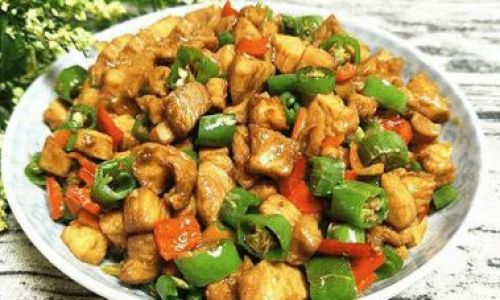
The Wok (or Skillet) Advantage: Achieving Perfect Heat
A carbon-steel wok is the traditional tool for stir-frying, prized for its ability to distribute heat evenly and retain high temperatures. However, a large stainless-steel or cast-iron skillet can also work wonders. The key is to ensure the pan is screaming hot before adding oil—a technique known as “hot pan, cold oil”—to prevent sticking.
Heat the wok over medium-high to high heat for 2–3 minutes until droplets of water evaporate instantly. Add a neutral oil with a high smoke point, such as peanut, vegetable, or canola oil. Avoid olive oil, as its low smoke point can lead to a bitter taste. Swirl the oil to coat the pan’s surface evenly.
The Dance of Ingredients: Aromatics and Vegetables
Stir-frying is as much about texture as it is about flavor. Pair chicken with crisp vegetables like bell peppers, snap peas, carrots, or broccoli for contrast. For an aromatic base, sauté garlic, ginger, scallions, or chili peppers in the hot oil until fragrant—a process called “blooming” that releases essential oils.
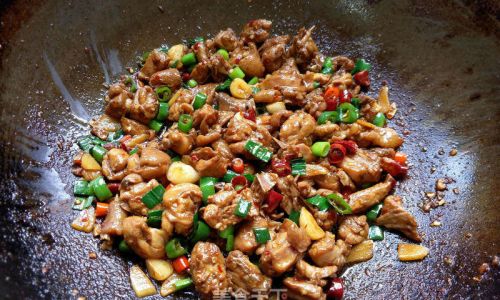
Add hardier vegetables first, as they require longer cooking times. For example, carrots and broccoli should be stir-fried for 2–3 minutes before softer ingredients like mushrooms or bok choy are added. Toss the ingredients continuously to prevent burning and ensure even cooking.
Mastering the Stir-Fry Technique
- Sear the Chicken in Batches: Overcrowding the pan leads to steaming instead of searing. Cook the chicken in a single layer, allowing each piece to develop a golden crust. Remove the chicken from the pan once it’s 80% cooked through—it will finish cooking later.
- Build Flavor with Sauces: A well-balanced sauce is the soul of stir-fry. Combine soy sauce, hoisin sauce, rice vinegar, sesame oil, and a pinch of sugar for a classic Chinese-inspired glaze. For a spicy kick, add Sriracha or chili paste. Thicken the sauce with a cornstarch slurry if desired.
- Toss, Don’t Stir: Use a spatula or wok chuan (a Chinese spatula) to toss the ingredients vigorously, ensuring even coating with the sauce. Avoid excessive stirring, which can bruise delicate vegetables.
- Finish with Aromatics: Just before serving, toss in fresh herbs like cilantro or basil, a sprinkle of toasted sesame seeds, or a drizzle of chili oil for brightness and visual appeal.
Regional Variations: Exploring Global Flavors
Stir-fried chicken’s beauty lies in its adaptability. Experiment with these regional twists:
- Szechuan-Style: Add doubanjiang (fermented broad bean paste), Szechuan peppercorns, and dried chilies for a numbing, spicy kick.
- Thai Basil Chicken (Gai Pad Krapow): Incorporate Thai basil, fish sauce, lime juice, and bird’s eye chilies. Serve over jasmine rice with a fried egg on top.
- Honey Garlic Chicken: Toss the chicken in a sticky sauce made from honey, soy sauce, minced garlic, and rice vinegar. Garnish with sesame seeds.
- Lemon Chicken: Coat the chicken in a crispy batter, stir-fry until golden, and toss in a citrusy sauce made from lemon juice, sugar, and cornstarch.
Serving Suggestions: Pairing for Perfection
Stir-fried chicken pairs beautifully with steamed rice, fried rice, or noodles like chow mein or lo mein. For a low-carb option, serve it over cauliflower rice or shredded lettuce. Elevate the meal with sides like pickled cucumbers, kimchi, or spring rolls. A chilled beer, jasmine tea, or a crisp white wine complements the dish’s bold flavors.

Common Mistakes and How to Avoid Them
- Overcooking the Chicken: Remove the chicken from the pan while slightly undercooked, as residual heat will finish it. Use a meat thermometer to ensure it reaches 165°F (74°C).
- Skipping the Marinade: Even a 10-minute marinade makes a difference. Never stir-fry raw chicken without seasoning it first.
- Using Low Heat: A lukewarm pan will steam the chicken instead of searing it, resulting in a soggy texture.
- Overcrowding the Pan: Cook in batches to maintain high heat and prevent steaming.
- Adding Sauce Too Early: Sauce should be added toward the end of cooking to avoid burning and to coat the ingredients evenly.
The Final Touch: Garnishes and Presentation
Presentation matters. Sprinkle the dish with fresh herbs, sliced scallions, or toasted nuts for crunch. A squeeze of lime juice or a drizzle of chili oil adds a final burst of flavor. For a restaurant-worthy presentation, mound the stir-fry on a white plate to showcase its vibrant colors.
Conclusion: The Joy of Stir-Frying
Stir-fried chicken is more than a quick weeknight meal—it’s a canvas for creativity. By mastering the basics of marination, heat control, and sauce balance, you can transform simple ingredients into a dish that delights the senses. Experiment with spices, vegetables, and proteins to make it your own. Remember, practice makes perfect, and even a “failed” attempt is a step toward culinary mastery. So grab your wok, crank up the heat, and let the sizzle begin!
This comprehensive guide ensures that every bite of your stir-fried chicken is tender, flavorful, and bursting with umami. Whether you’re a novice cook or a seasoned home chef, these techniques will empower you to create a dish that rivals any takeout—and leaves your dinner guests asking for the recipe.
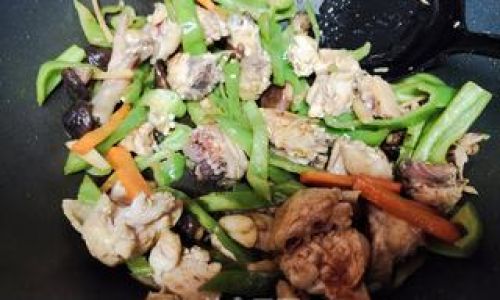

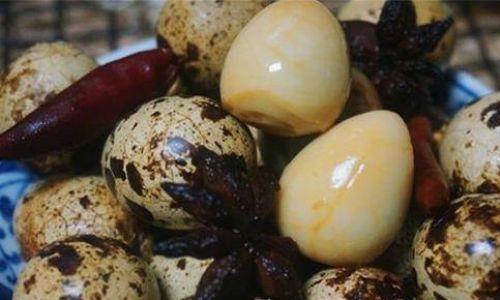

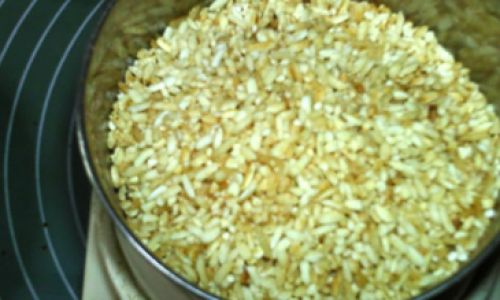

0 comments